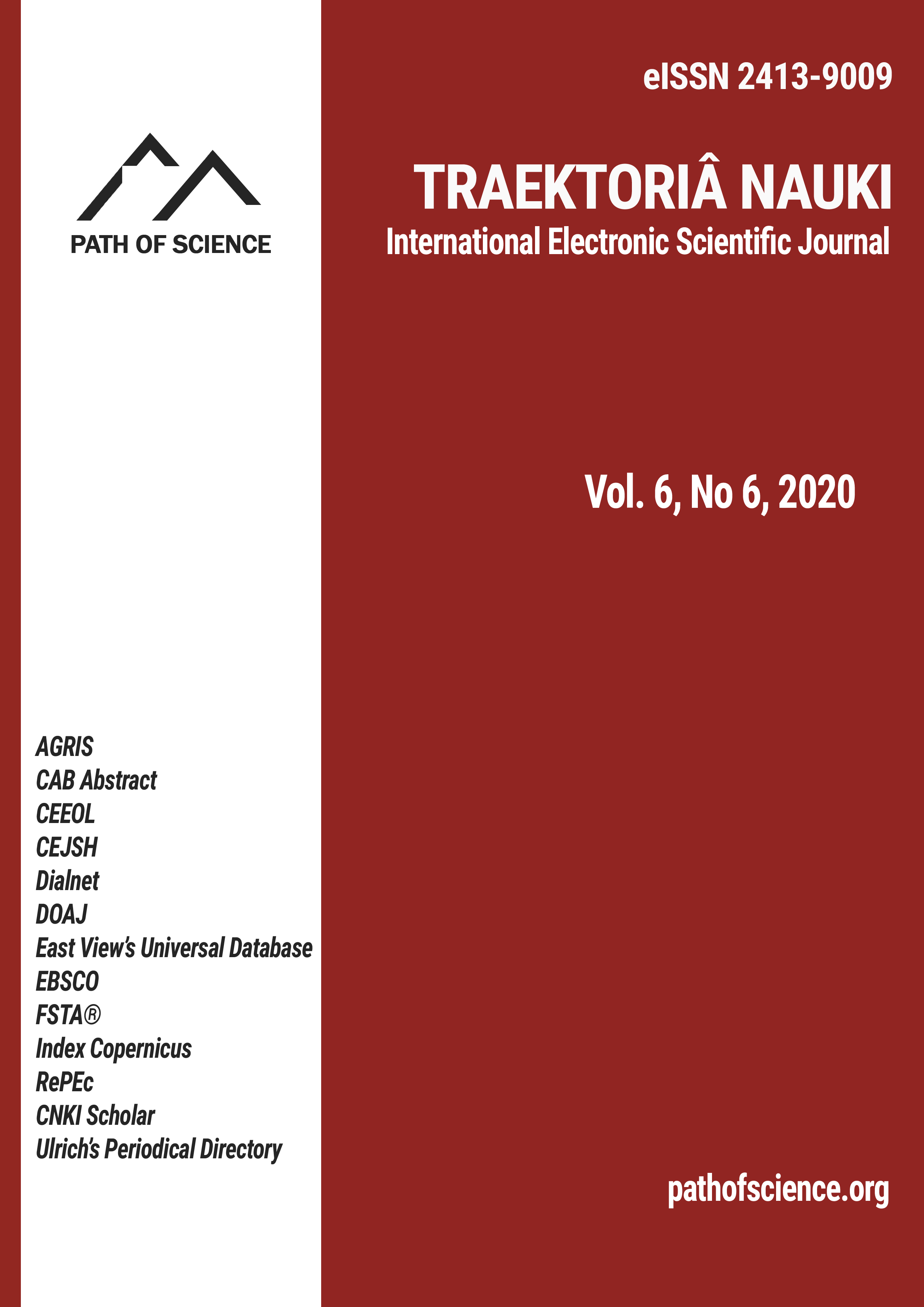Instrumental Characterization of Unmodified and HDTMA-Br Modified Kaolinite Clay: SEM-EDX, Quantachrome and TGA-DTA
Instrumental Characterization of Unmodified and HDTMA-Br Modified Kaolinite Clay: SEM-EDX, Quantachrome and TGA-DTA
Author(s): Umar Omeiza Aroke, Lucas Albert Jerome HamiduSubject(s): Energy and Environmental Studies
Published by: Altezoro, s. r. o. & Dialog
Keywords: Alkaleri-Northeast Nigeria; Characterization; Hexadecyltrimethylammonium bromide; Kaolinite clay; Quantachrome; Scanning electron microscopy / Energy dispersive X-ray spectrometry; Thermogravimetric /
Summary/Abstract: Kaolinite clay from Alkaleri Northeast Nigeria was pre-treated and beneficiated using physical process. The treated clay of cation exchange capacity (CEC) 9.5 meq/100 g was modified with cationic surfactant hexadecyltrimethylammonium bromide (HDTMA-Br) with amount equivalent to and doubled the CEC. The unmodified kaolinite clay (UKC) and the resultant organo-kaolinite clays: monolayer modified clay (MMC) and bilayer modified clay (BMC) were characterized using the following instruments: Energy Dispersive X-ray spectrometer (EDX), Scanning Electron Microscopy (SEM), Quantachrome and Thermogravimetric-Differential Thermal Analysis (TG-DTA). EDX profile analysis shows 22.41 % C, 56.17 % O & 10.56 % Al in UKC; 21.06 % C, 55.49 % O & 11.66 % Al in MMC and 18.98 % C, 54.59 % O & 12.14 % Al in BMC respectively; with Fe and K found in MMC. The SEM morphology shows UKC has high porosity and large particles, while MMC and BMC showed fine particles and darker than UKC with textural non-uniformity. TGA curve shows that UKC attains equilibrium decomposition at 997.20oC with 15.32 % weight loss, MMC 997.30 oC with 32.67 % weight loss and BMC 998.90 oC with 37.23 % weight loss. The revealed weight loss indicates water of hydration and dehydroxylation. The DTA curves shows endothermic at 510 oC, 250 oC and 520 oC for UKC, MMC and BMC respectively. The single point surface area were 11.9754 m2/g, 3.0132 m2/g and 3.8225 m2/g for UKC, MMC and BMC with corresponding adsorption average pore width 355.0050 Å, 478.6275 Å and 752.8364 Å respectively. Clay materials being promising minerals when modified can achieve desired surface properties for best performance in adsorption applications.
Journal: Traektoriâ Nauki
- Issue Year: 6/2020
- Issue No: 06
- Page Range: 2001-2009
- Page Count: 9
- Language: English

